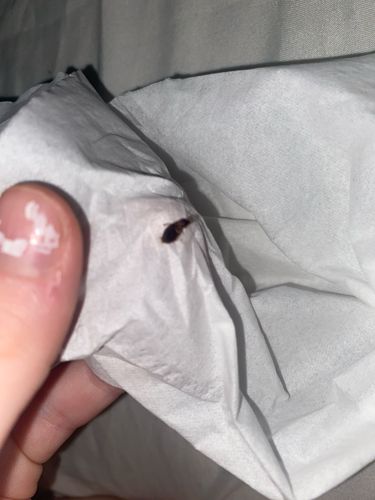Ant
Scientific Name: Formicidae
Order & Family: Hymenoptera, Formicidae
Size: 1 to 30 mm

Natural Habitat
Widely varied, including forests, grasslands, deserts, urban environments; typically found in nests underground, in wood, or under rocks.
Diet & Feeding
Omnivorous; varies greatly by species but includes nectar, seeds, fungi, other insects (both living and dead), honeydew from aphids, and human food scraps.
Behavior Patterns
Social insects living in colonies with a queen, workers, and males. Exhibit complex communication, foraging, nest building, and defense behaviors. Many species form trails when foraging.
Risks & Benefits
Potential risks include property damage (e.g., carpenter ants in wood), contamination of food, and painful stings from some species (e.g., fire ants). Benefits include pest control (predating other insects), soil aeration, and seed dispersal.
Identified on: 9/22/2025